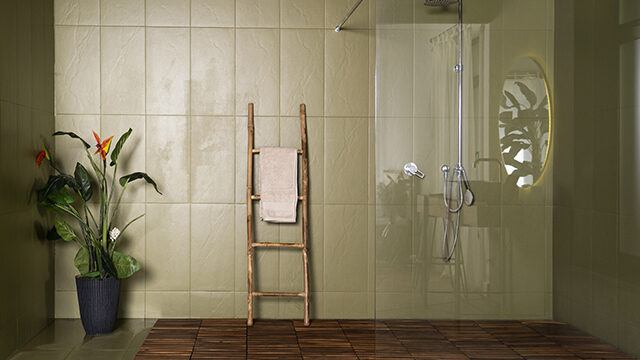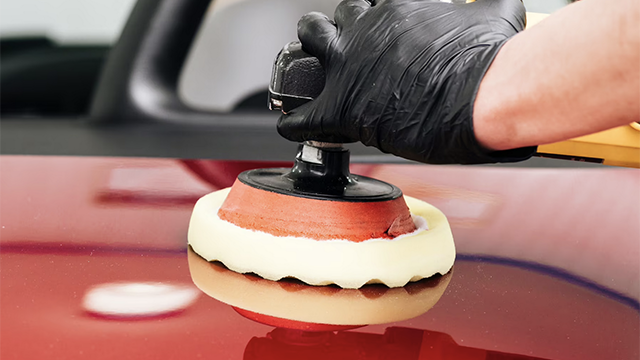In the ever-evolving digital landscape, mastering the art of Search Engine Optimization (SEO) has become crucial for businesses and individuals looking to establish a strong online presence. As search engines refine their algorithms and user behaviors shift, innovative SEO strategies are essential to staying ahead of the curve. If you’re looking for captivating SEO project ideas that explore the realm of search engine optimization, you’re in the right place. Let’s dive into the top six intriguing SEO project ideas and topics that will help you sharpen your SEO skills and make an impact in the digital world.
1. Voice Search Optimization: Redefining SEO for Conversational Queries
With the rise of voice assistants and smart devices, optimizing for voice search is a cutting-edge project idea. Explore the nuances of how people phrase voice queries and adjust SEO strategies to accommodate natural language patterns. Dive into long-tail keywords, structured data, and schema markup to ensure your content is voice-search-friendly.
2. Video SEO: Unlocking the Potential of Visual Content
In an era of video content dominance, mastering video SEO can set you apart. Research and experiment with techniques to optimize videos for search engines. This includes crafting compelling video titles, descriptions, and tags, as well as leveraging platforms like YouTube to enhance your content’s discoverability.
3. Local SEO for Brick-and-Mortar Success
Local businesses heavily rely on local SEO to attract nearby customers. Create a project focused on enhancing local search visibility. Explore techniques like Google My Business optimization, local citation building, and location-specific keyword targeting. Your project could offer a comprehensive guide for small businesses seeking to improve their local online presence.
4. Mobile-First SEO: Navigating the Mobile-Friendly Algorithm Era
Mobile devices are the primary gateway to the digital world for many users. Investigate mobile-first indexing and design strategies to ensure websites are responsive and optimized for mobile devices. Dive into Accelerated Mobile Pages (AMP), responsive design, and mobile site speed optimization to provide a comprehensive guide for mobile SEO success.
5. E-commerce SEO: Maximizing Online Store Visibility
E-commerce platforms thrive on effective SEO practices. Develop a project centered around optimizing e-commerce websites for search engines. Explore strategies such as product schema markup, optimizing product images, writing persuasive product descriptions, and creating a clear site structure to improve user experience and search engine visibility.
6. Technical SEO Auditing: Enhancing Website Performance Behind the Scenes
Underneath the surface of a website lies a complex web of technical elements that can impact search rankings. Craft a project that delves into technical SEO auditing, covering aspects like website speed optimization, indexability, crawlability, and fixing broken links. This project could serve as a comprehensive resource for web developers and SEO professionals striving to create technically sound websites.
In conclusion, the world of search engine optimization is vast and ever-changing, providing ample opportunities for captivating projects. These six project ideas span various facets of SEO, from emerging trends like voice search and mobile optimization to tried-and-true techniques like local SEO and technical auditing. Whichever project you choose, remember that staying curious, keeping up with industry trends, and experimenting with new strategies are essential for success in the dynamic field of SEO. So, embark on your SEO journey, armed with these exciting project ideas, and make your mark in the realm of search engine optimization. Here are the tips for 2023 SEO journey.



